
-
Find the right food for your pet
Take this quiz to see which food may be the best for your furry friend.
Find the right food for your pet
Take this quiz to see which food may be the best for your furry friend.
Featured products
 Adult Perfect Weight & Joint Support Chicken Recipe Dry Dog Food
Adult Perfect Weight & Joint Support Chicken Recipe Dry Dog FoodThis weight management and mobility support dog food was created with Hill’s unique understanding of the biology of overweight dogs.
Shop Now Adult 7+ No Corn, Wheat, Soy Chicken & Brown Rice Dog Food
Adult 7+ No Corn, Wheat, Soy Chicken & Brown Rice Dog FoodSupports energy level and beautiful coat in mature dogs
Shop Now Adult 7+ Perfect Digestion Chicken, Whole Oats & Brown Rice Recipe Dog Food
Adult 7+ Perfect Digestion Chicken, Whole Oats & Brown Rice Recipe Dog FoodScience Diet's breakthrough nutrition supports ultimate digestive well-being & healthy microbiome for dogs age 7+
Shop NowFeatured products
 Adult Perfect Digestion Chicken, Barley & Whole Oats Recipe Cat Food
Adult Perfect Digestion Chicken, Barley & Whole Oats Recipe Cat FoodScience Diet's breakthrough nutrition supports ultimate digestive well-being & healthy microbiome
Shop Now Adult Savory Chicken Entrée Cat Food
Adult Savory Chicken Entrée Cat FoodPrecisely balanced nutrition with the delicious taste of savory minced chicken to help fuel the energy needs of cats during the prime of their life
Shop Now Perfect Weight Salmon & Vegetable Canned Cat Food
Perfect Weight Salmon & Vegetable Canned Cat FoodOver 70% of cats lost weight within 10 weeks when fed this nutrition
Shop Now -
Dog
- Dog Tips & Articles
-
Health Category
- Weight
- Food & Environmental Sensitivities
- Urinary
- Digestive
- Joint
- Kidney
-
Life Stage
- Puppy Nutrition
- Adult Nutrition
- Senior Nutrition
Cat
- Cat Tips & Articles
-
Health Category
- Weight
- Skin & Food Sensitivities
- Urinary
- Digestive
- Kidney
-
Life Stage
- Kitten Nutrition
- Adult Nutrition
Featured articles
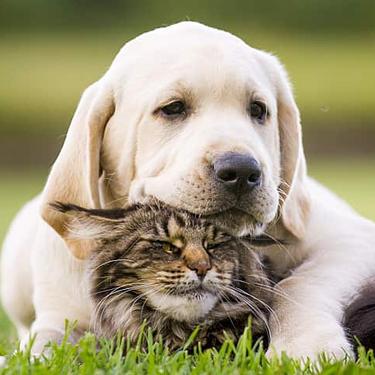 The Incredible Science Behind Your Pet's Microbiome
The Incredible Science Behind Your Pet's MicrobiomeLearn what a pet's microbiome is, how it contributes to your pet's gut & overall health, and why nutrition is important in maintaining healthy microbiomes.
Read More Pet Food Storage Tips
Pet Food Storage TipsDiscover how and where to store your dry, as well as canned, dog and cat food. Learn how to find the "best before" dates on all Hill's pet food packaging.
Read More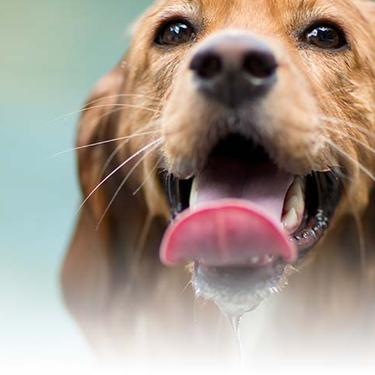 Water
WaterDiscover why water is the most important nutrient for your dog or cat to live a healthy life. Find out how much water your pet should consume each day.
Read More -
Find the right food for your pet
Find the right food for your pet


Uh oh! You accidentally left your purse out and your dog ended up chomping on a stick of gum he found buried at the bottom of the bag. Hopefully, you'll never find yourself in this situation but if you do, you'll need to act fast. Some gums contain xylitol, and xylitol in dogs can be life-threatening. Here's what to do if you think your dog may have eaten gum.
My Dog Ate Gum — Should I Be Worried?
It depends on the type of gum your dog ate. If he ate sugar-free gum, there's a definite cause for concern. Sugar-free gum contains xylitol, a sugar replacement used in many sugar-free foods; xylitol in dogs is toxic.
If the gum wasn't sugar-free, then there may be less concern, but
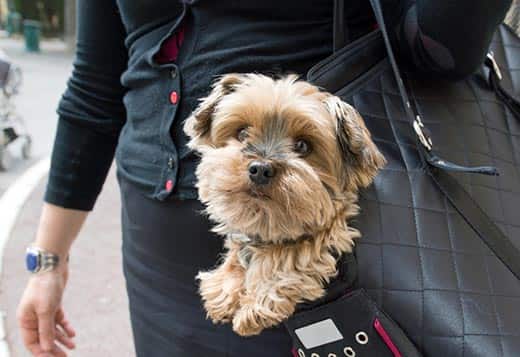
it's still a good idea to call their veterinarian just in case. You should also monitor your dog to make sure the gum makes its way through their system.
Symptoms of Xylitol Poisoning
As few as one or two sticks of some gums containing xylitol can be toxic to dogs of all sizes.
Cummings Veterinary Medical Center says the ingredient can cause a dangerous drop in blood sugar. The most serious cases can result in liver failure.
According to the FDA, xylitol in dogs can cause the following side effects:
- Vomiting
- Decreased activity
- Weakness
- Loss of coordination
- Collapse
- Seizures
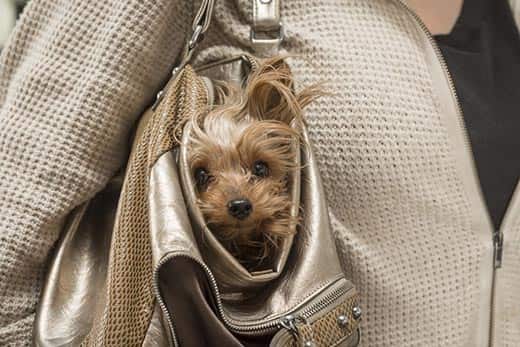
Xylitol isn't just found in gum — it's also used in candy, toothpaste, mouthwash and other sugar-free products. It can also be found in chewable vitamins, throat drops and throat sprays. To keep your pup safe, keep all food, candy, dental products and medicine out of their reach. An upper kitchen cabinet is a good place to keep these items from even the most inquisitive dogs. Be sure to keep bags, purses, coats and any other clothing or containers well out of their reach as well. A dog explores with their nose, so any open bag or pocket is an invitation for them to stick their head in and check it out.


Tasty Tips
What to Do If Your Dog Eats Gum
If you know that your dog has ingested gum with xylitol in it, bring them to their vet or an emergency vet clinic immediately. The vet may run blood tests to determine if your dog has decreased blood glucose levels and/or elevated liver enzymes.
If you're not certain whether or not your dog ate gum, it's best to err on the side of caution and contact the vet for advice.
You know your dog will eat nearly anything, so it's your responsibility as their pet parent to be vigilant and keep all human foods and other toxic items out of their reach. Your pup doesn't know better — it's up to you to protect their health and safety.


Erin Ollila believes in the power of words and how a message can inform—and even transform—its intended audience. Her writing can be found all over the internet and in print, and includes interviews, ghostwriting, blog posts, and creative nonfiction. Erin is a geek for SEO and all things social media. She graduated from Fairfield University with an M.F.A. in Creative Writing. Reach out to her on Twitter @ReinventingErin or learn more about her at http://erinollila.com.
Related products

Supports energy level and beautiful coat in mature dogs

Delicious braised beef paired with tender vegetables in a succulent stew

Science Diet's breakthrough nutrition supports ultimate digestive well-being & healthy microbiome for dogs age 7+

This weight management and mobility support dog food was created with Hill’s unique understanding of the biology of overweight dogs.
Related articles

Large and giant breed puppies have different nutritional needs than other dogs. Learn how to provide the special care they need to grow up big and strong.

Learn about Hill's puppy food and the nutritional benefit & high quality ingredients that it contains for your pup.

Understand the role that Omega-6 and Omega-3 fatty acids play in your dog's overall health, and how you can ensure they are getting enough.
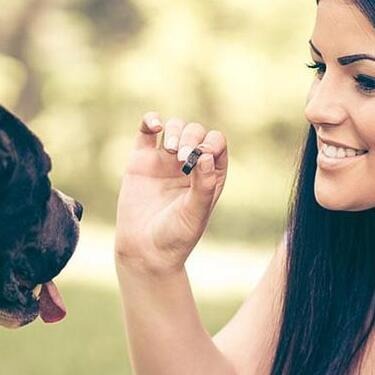
Proper nutrition for your pregnant or nursing dog is vital to her and her puppy's health. Learn what you should do provide her with the proper nutrients.
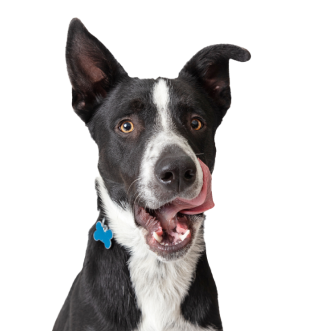
Put your dog on a diet without them knowing
Our low calorie formula helps you control your dog's weight. It's packed with high-quality protein for building lean muscles, and made with purposeful ingredients for a flavorful, nutritious meal. Clinically proven antioxidants, Vitamin C+E, help promote a healthy immune system.
Put your dog on a diet without them knowing
Our low calorie formula helps you control your dog's weight. It's packed with high-quality protein for building lean muscles, and made with purposeful ingredients for a flavorful, nutritious meal. Clinically proven antioxidants, Vitamin C+E, help promote a healthy immune system.

